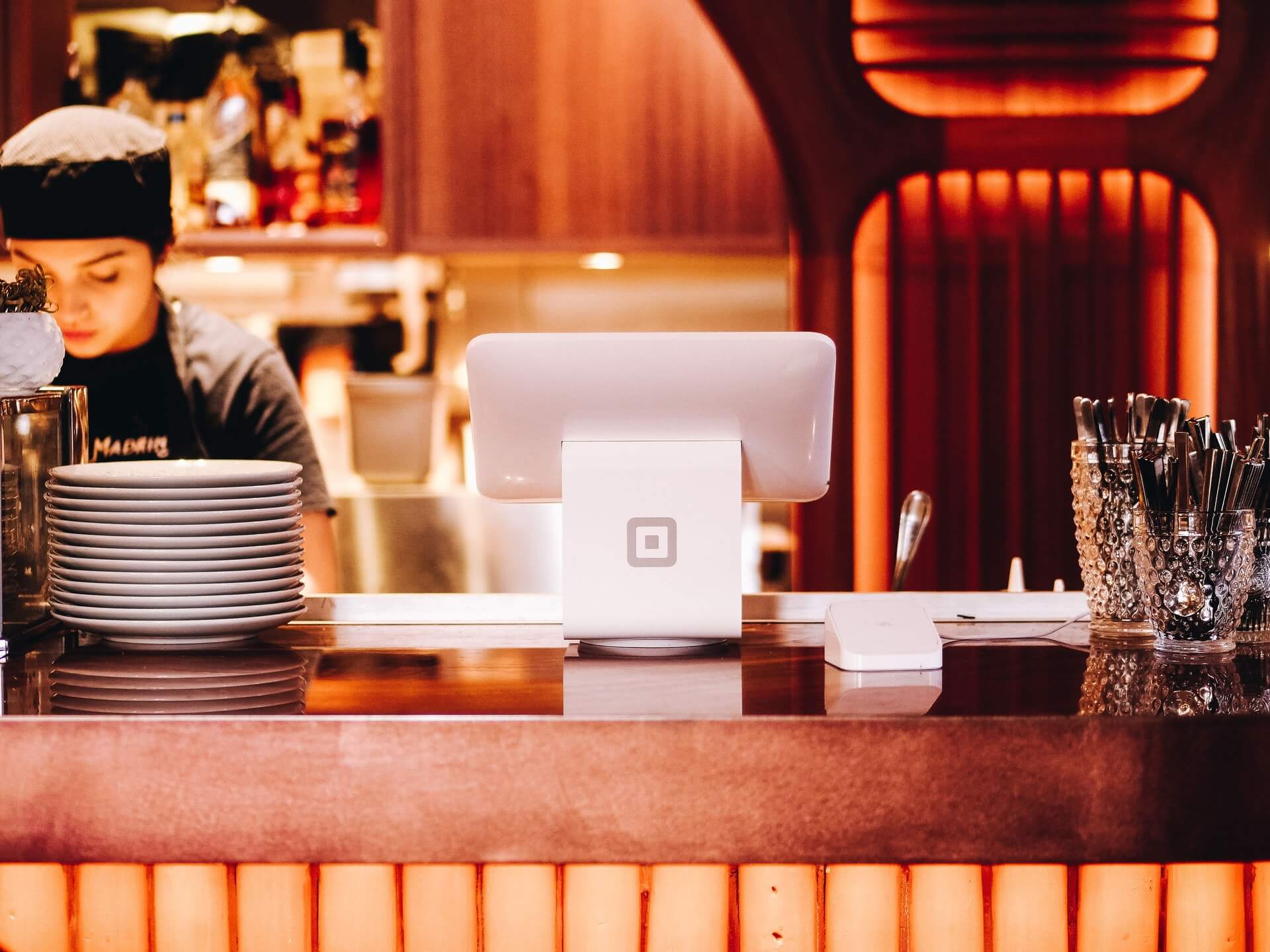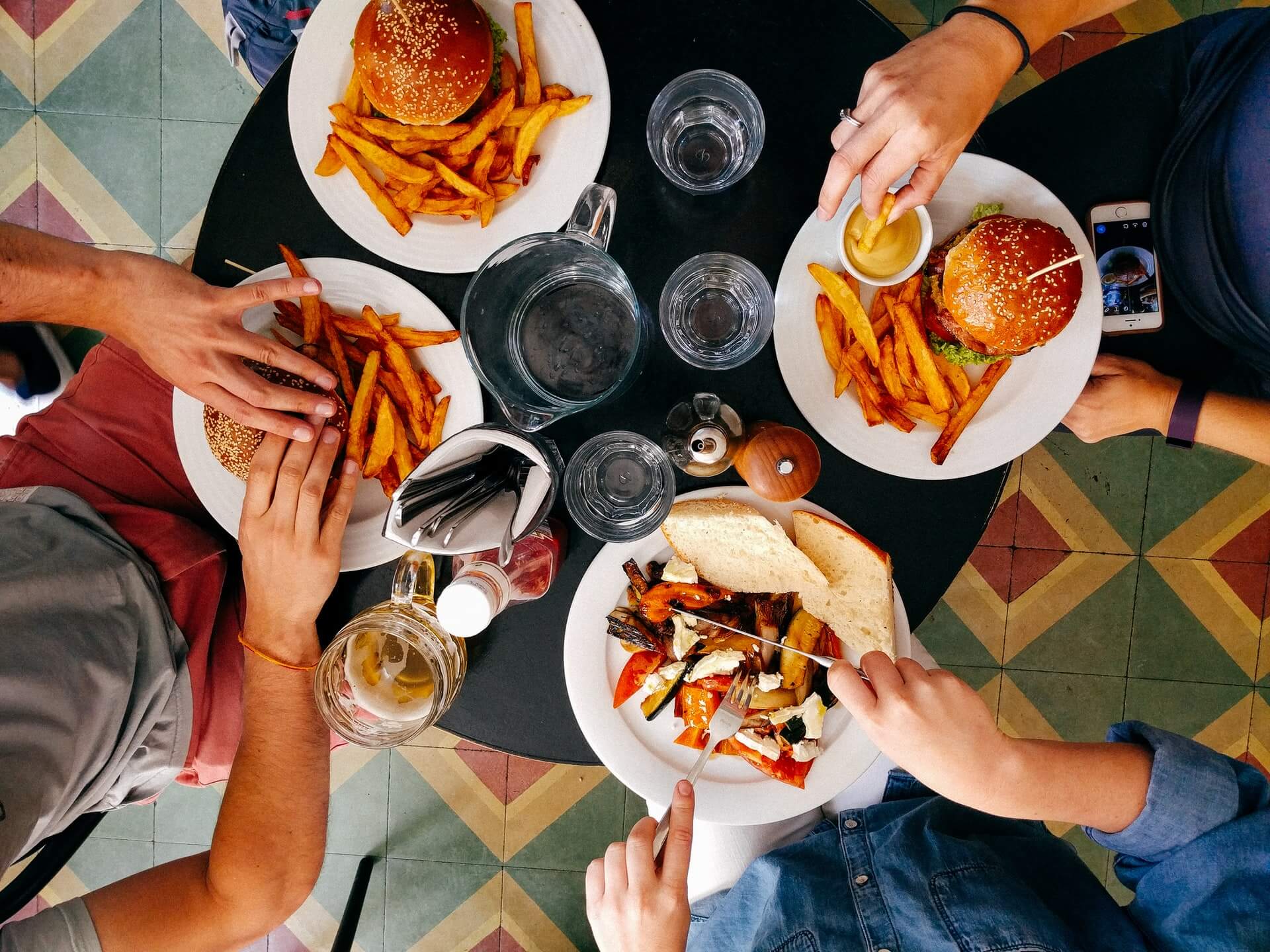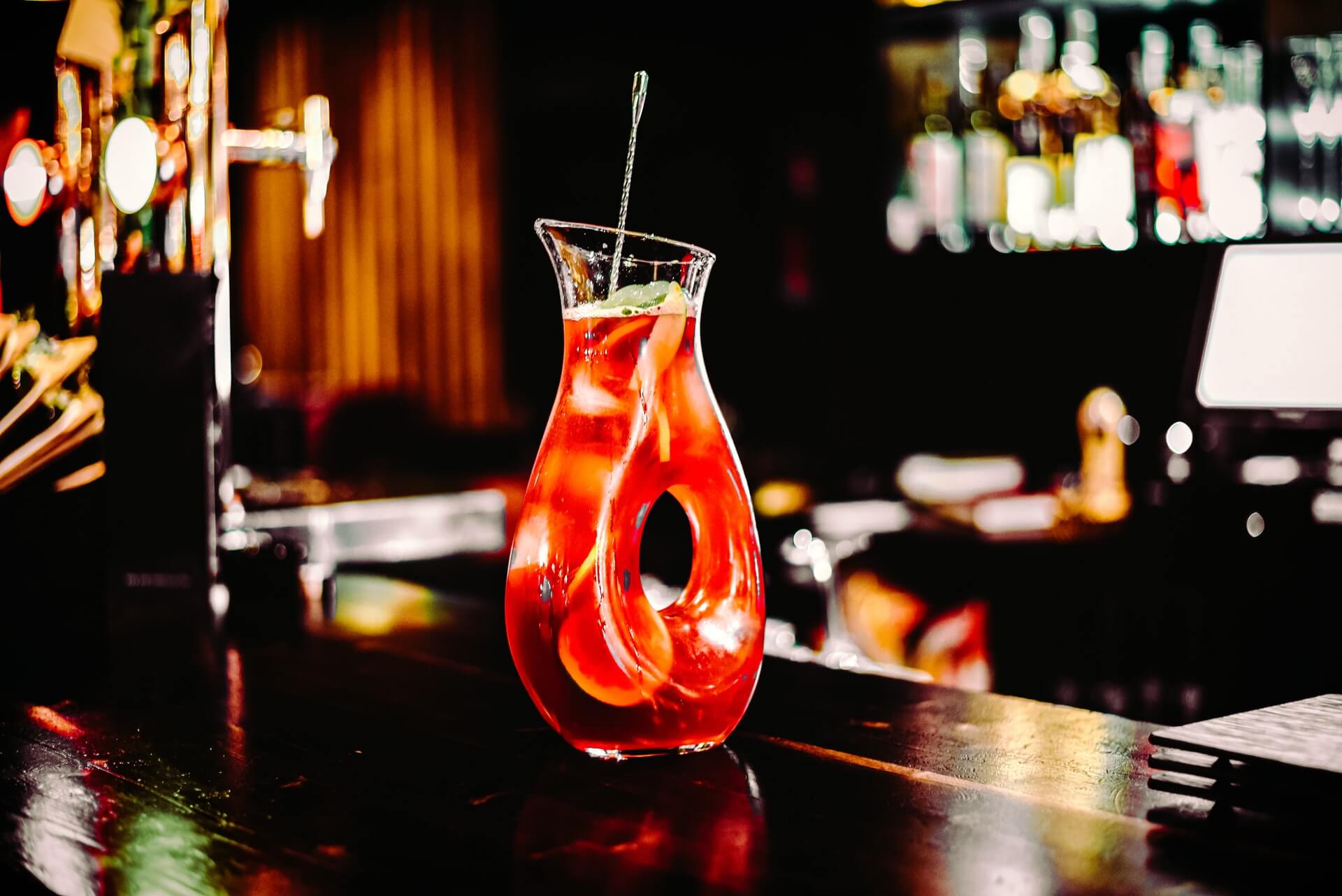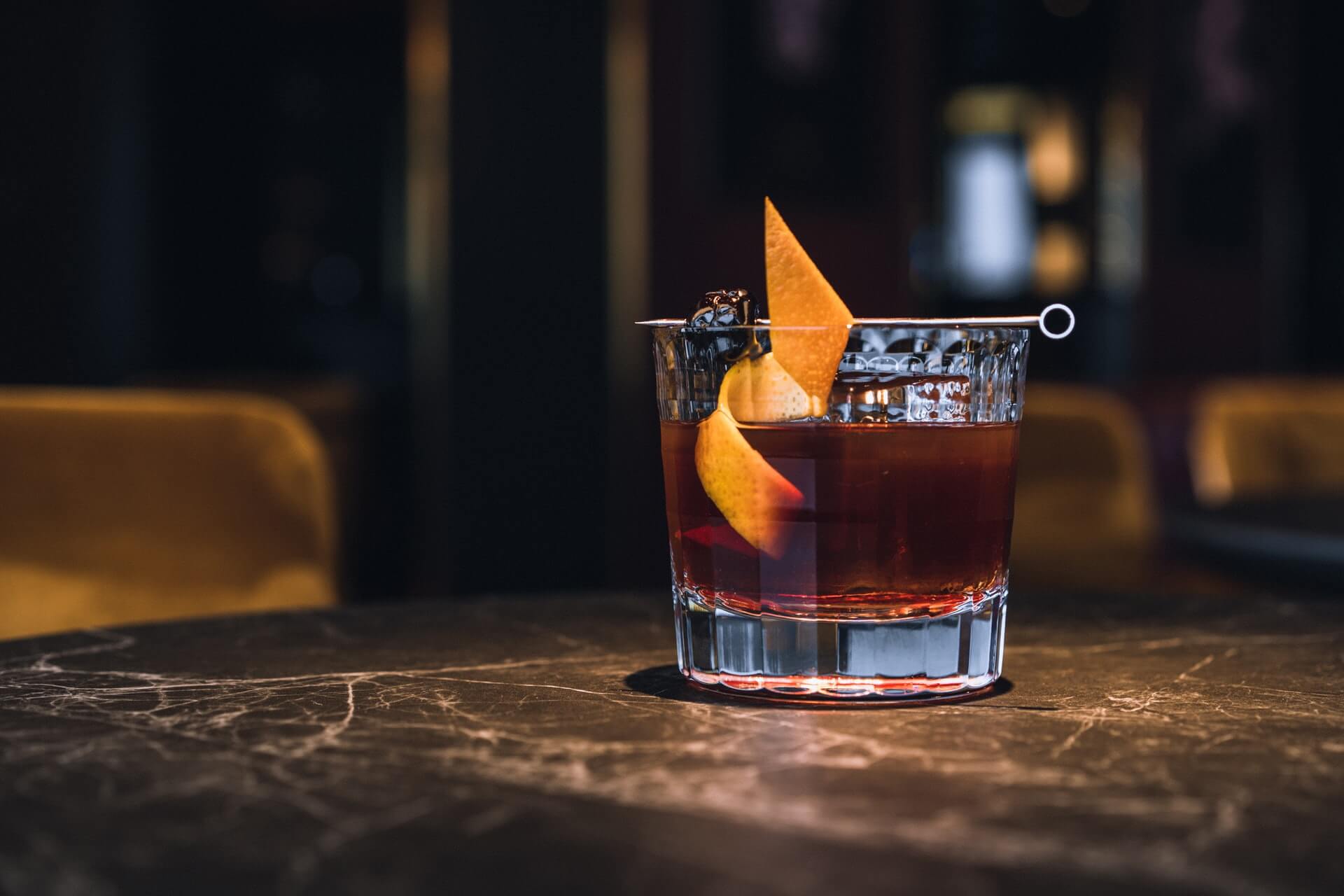American Trends 2022: Technomic
by David Klemt

Two weeks ago, I reviewed and shared Technomic’s “Canadian Trends: Looking Ahead to 2022” report, and now it’s America’s turn.
Not too surprisingly, the US and Canada are similar in terms of a few 2022 trend predictions.
And while the Omicron variant of Covid-19 is causing some restaurants and bars to close, there is some good news from Technomic.
Salt
First, a difference between America and Canada. As you may recall from my review of Canadian predictions, Technomic predicts butter will be even more important next year.
Interestingly, salt is the big prediction for the United States. The reasoning is similar: people are seeking out comfort in these difficult times.
Technomic’s “2022: The Year of the Climb” report states flat out that, “Salt is the new fat.”
The industry intelligence firm predicts that salt will be increasingly important in kitchens—and on tables—in 2022.
For example, Technomic expects operators to focus salt-cured fish and meats. Of course, that doesn’t just meet a predicted consumer demand. Cured foods can be preserved for longer, which is appealing to operators.
Seaweeds, salt blends, and salty sauces will be used in the kitchen. According to Technomic, some of those will replace (or accompany) traditional salt on tables.
Going further, Technomic predicts that salt will find its way into cocktails. This can be in the form of salty ingredients or salt water, a trend from a few years ago.
Creative Prep
Let’s stick with the kitchen a bit longer.
This is one of the strongest similarities shared by the US and Canada. Technomic predicts that operators will need to focus on cross-utilization and creativity.
As you’ve likely already figured out, this is because of supply chain issues. The more ways items can be used without introducing new SKUs, the easier things may be for operators.
Some examples of cross-utilization suggested by Technomic:
- Roasting, grilling, and blistering items normally served raw.
- Pickling ingredients.
- Fermenting items.
- Turning some items into jams.
- Aging some ingredients.
Labor Challenges
Obviously, the labor shortage is felt throughout North America. Unfortunately, this is another similarity when comparing Technomic’s American and Canadian 2022 trend predictions.
KRG Hospitality has addressed the need for the industry to make significant changes several times this year. In particular, founder and president Doug Radkey published a book, Hacking the New Normal, calling for change to improve working conditions and the industry’s long-term survival.
Technomic is suggesting the same. The firm predicts the following for 2022:
- Wage increases across the board.
- Benefits (healthcare, emergency child care, 401(k), and more).
- Virtual hiring events.
- Referral and signing bonuses.
However, more needs to be done. The industry doesn’t simply need to revamp its image, it needs to:
- address—and not dismiss—issues raised by current hospitality professionals;
- solve the problems that led to so many hospitality workers quitting jobs and giving up on the industry;
- implement real solutions for the problems the industry has faced and, frankly, nurtured for decades.
And that’s just the start. If we don’t face our industry’s challenges head-on, there won’t be much of an industry in the future.
The Battle for Comfort
Yes, comfort food will be important next year. Hence the entire section on salt above.
However, when I mention comfort in this section I’m referring to personal comfort levels.
You’ve likely been hearing from industry peers and seeing on social media that a number of bars are closing until December 29 or December 30. These temporary closures are due to spikes in positive Covid-19 cases, mostly driven by Omicron.
Many Americans, eager to return to a semblance of their pre-Covid lives, want to spend time in restaurants and bars. However, people need to balance their comfort levels with their desire for social experiences.
In response, Technomic predicts that operators will need to balance the on-premise and off-premise. In other words, omni-channel operators must dial in their offerings.
Per Technomic, operators have to figure out their mix: interactive in-person experiences, takeout, and delivery.
Good News
Technomic is making two 2022 predictions that should come as a relief to operators.
First, Q1 of 2022, per Technomic, “will reveal a particularly strong year-over-year performance” in comparison to 2021.
Overall, the firm projects a 10.4-percent sales increase for 2022 when compared to 2019 sales.
There is, however, a caveat. We’ll have to take rising menu prices into account when analyzing this year’s and next year’s sales levels.
For those wondering which category is predicted to perform the best, Technomic identifies limited-service restaurants will recover quickest.
In contrast, full-service will see slower recovery. Business, leisure, and indeed “bleisure” travel will have an impact on full-service traffic.
So, 2022 isn’t going to magically return to pre-pandemic “normal.” However, should Technomic’s conservative sales prediction prove accurate, recovery is on the menu.
Image: Jason Tuinstra on Unsplash









